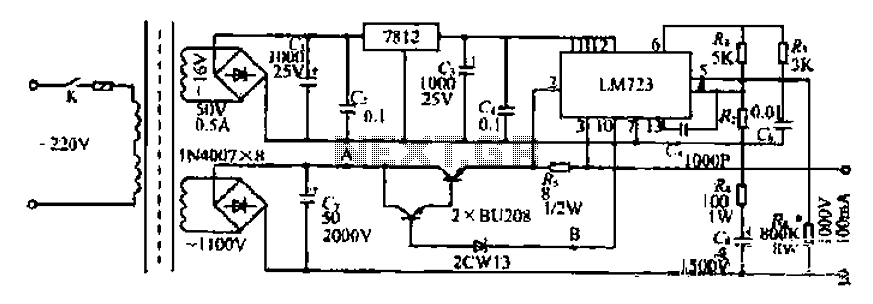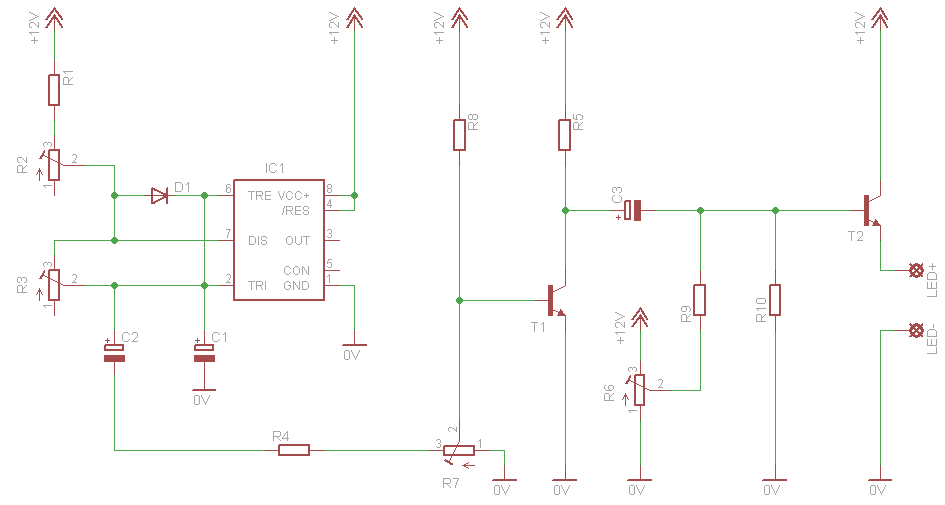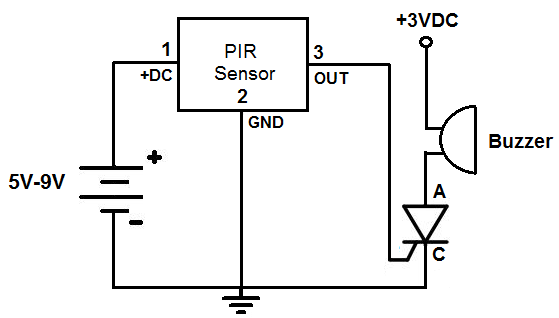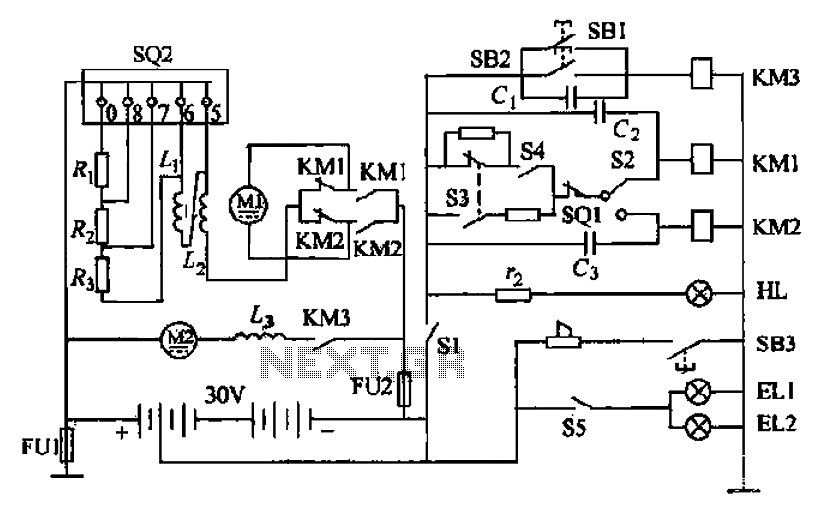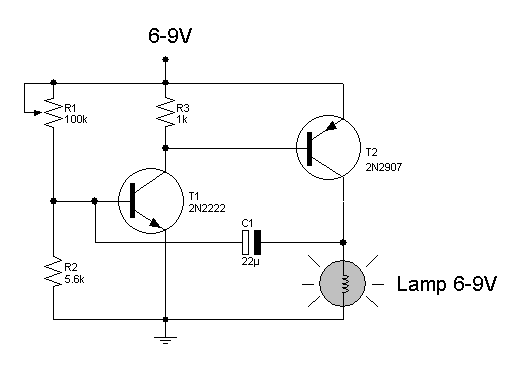
Speech Recognition Circuit

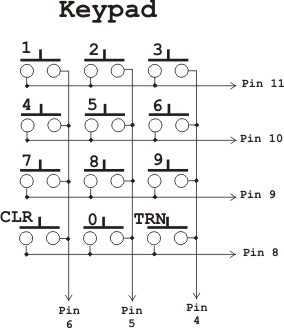
The demonstration circuit operates in the HM2007's manual mode. This mode uses a simple keypad and digital display to communicate with and program the HM2007 chip. When the circuit is turned on, the HM2007 checks the static RAM. If everything checks out the board displays "00" on the digital display and lights the red LED (READY). It is in the "Ready" waiting for a command. To train the circuit begin by pressing the word number you want to train on the keypad. The circuit can be trained to recognize up to 40 words. Use any numbers between 1 and 40. For example press the number "1" to train word number 1. When you press the number(s) on the keypad the red led will turn off. The number is displayed on the digital display. Next press the "#" key for train. When the "#" key is pressed it signals the chip to listen for a training word and the red led turns back on. Now speak the word you want the circuit to recognize into the microphone clearly. The LED should blink off momentarily, this is a signal that the word has been accepted. Continue training new words in the circuit using the procedure outlined above. Press the "2" key then "#" key to train the second word and so on. The circuit will accept up to forty words. You do not have to enter 40 words into memory to use the circuit. If you want you can use as many word spaces as you want. Testing Recognition The circuit is continually listening. Repeat a trained word into the microphone. The number of the word should be displayed on the digital display. For instance if the word "directory" was trained as word number 25. Saying the word "directory" into the microphone will cause the number 25 to be displayed.
The circuit utilizes the HM2007 speech recognition chip, which is designed for manual operation through a user-friendly interface comprising a keypad and a digital display. Upon powering the circuit, the HM2007 performs a self-check on the static RAM to ensure functionality. A successful check is indicated by the display showing "00" and the activation of the red LED, which signifies that the system is ready to receive commands.
To initiate the training process, the user selects a word number from 1 to 40 using the keypad. Once a number is pressed, the red LED turns off, and the selected number is shown on the digital display. The user must then press the "#" key to signal the HM2007 to enter training mode. In this mode, the red LED reactivates, indicating that the system is prepared to record a new voice command.
The user must speak the desired word clearly into the microphone. The system acknowledges the input by momentarily turning off the LED, which serves as a confirmation that the word has been successfully recorded. The training process can be repeated for additional words by following the same steps: selecting a number, pressing "#", and speaking the word.
The circuit is designed to continuously listen for commands after training. When a trained word is spoken into the microphone, the HM2007 processes the input and displays the corresponding word number on the digital display. This feature allows for effective testing and validation of the recognition capabilities of the circuit. For example, if the word "directory" has been trained as the 25th word, saying "directory" will prompt the display to show the number 25, confirming successful recognition. The system's flexibility allows users to train fewer than the maximum of 40 words, accommodating a variety of applications and user preferences.The demonstration circuit operates in the HM2007's manual mode. This mode uses a simple keypad and digital display to communicate with and program the HM2007 chip. When the circuit is turned on, the HM2007 checks the static RAM. If everything checks out the board displays "00" on the digital display and lights the red LED (READY). It is in the "Ready" waiting for a command. To train the circuit begin by pressing the word number you want to train on the keypad. The circuit can be trained to recognize up to 40 words. Use any numbers between 1 and 40. For example press the number "1" to train word number 1. When you press the number(s) on the keypad the red led will turn off. The number is displayed on the digital display. Next press the "#" key for train. When the "#" key is pressed it signals the chip to listen for a training word and the red led turns back on. Now speak the word you want the circuit to recognize into the microphone clearly. The LED should blink off momentarily, this is a signal that the word has been accepted. Continue training new words in the circuit using the procedure outlined above. Press the "2" key then "#" key to train the second word and so on. The circuit will accept up to forty words. You do not have to enter 40 words into memory to use the circuit. If you want you can use as many word spaces as you want. Testing Recognition The circuit is continually listening. Repeat a trained word into the microphone. The number of the word should be displayed on the digital display. For instance if the word "directory" was trained as word number 25. Saying the word "directory" into the microphone will cause the number 25 to be displayed. 🔗 External reference
The circuit utilizes the HM2007 speech recognition chip, which is designed for manual operation through a user-friendly interface comprising a keypad and a digital display. Upon powering the circuit, the HM2007 performs a self-check on the static RAM to ensure functionality. A successful check is indicated by the display showing "00" and the activation of the red LED, which signifies that the system is ready to receive commands.
To initiate the training process, the user selects a word number from 1 to 40 using the keypad. Once a number is pressed, the red LED turns off, and the selected number is shown on the digital display. The user must then press the "#" key to signal the HM2007 to enter training mode. In this mode, the red LED reactivates, indicating that the system is prepared to record a new voice command.
The user must speak the desired word clearly into the microphone. The system acknowledges the input by momentarily turning off the LED, which serves as a confirmation that the word has been successfully recorded. The training process can be repeated for additional words by following the same steps: selecting a number, pressing "#", and speaking the word.
The circuit is designed to continuously listen for commands after training. When a trained word is spoken into the microphone, the HM2007 processes the input and displays the corresponding word number on the digital display. This feature allows for effective testing and validation of the recognition capabilities of the circuit. For example, if the word "directory" has been trained as the 25th word, saying "directory" will prompt the display to show the number 25, confirming successful recognition. The system's flexibility allows users to train fewer than the maximum of 40 words, accommodating a variety of applications and user preferences.The demonstration circuit operates in the HM2007's manual mode. This mode uses a simple keypad and digital display to communicate with and program the HM2007 chip. When the circuit is turned on, the HM2007 checks the static RAM. If everything checks out the board displays "00" on the digital display and lights the red LED (READY). It is in the "Ready" waiting for a command. To train the circuit begin by pressing the word number you want to train on the keypad. The circuit can be trained to recognize up to 40 words. Use any numbers between 1 and 40. For example press the number "1" to train word number 1. When you press the number(s) on the keypad the red led will turn off. The number is displayed on the digital display. Next press the "#" key for train. When the "#" key is pressed it signals the chip to listen for a training word and the red led turns back on. Now speak the word you want the circuit to recognize into the microphone clearly. The LED should blink off momentarily, this is a signal that the word has been accepted. Continue training new words in the circuit using the procedure outlined above. Press the "2" key then "#" key to train the second word and so on. The circuit will accept up to forty words. You do not have to enter 40 words into memory to use the circuit. If you want you can use as many word spaces as you want. Testing Recognition The circuit is continually listening. Repeat a trained word into the microphone. The number of the word should be displayed on the digital display. For instance if the word "directory" was trained as word number 25. Saying the word "directory" into the microphone will cause the number 25 to be displayed. 🔗 External reference
